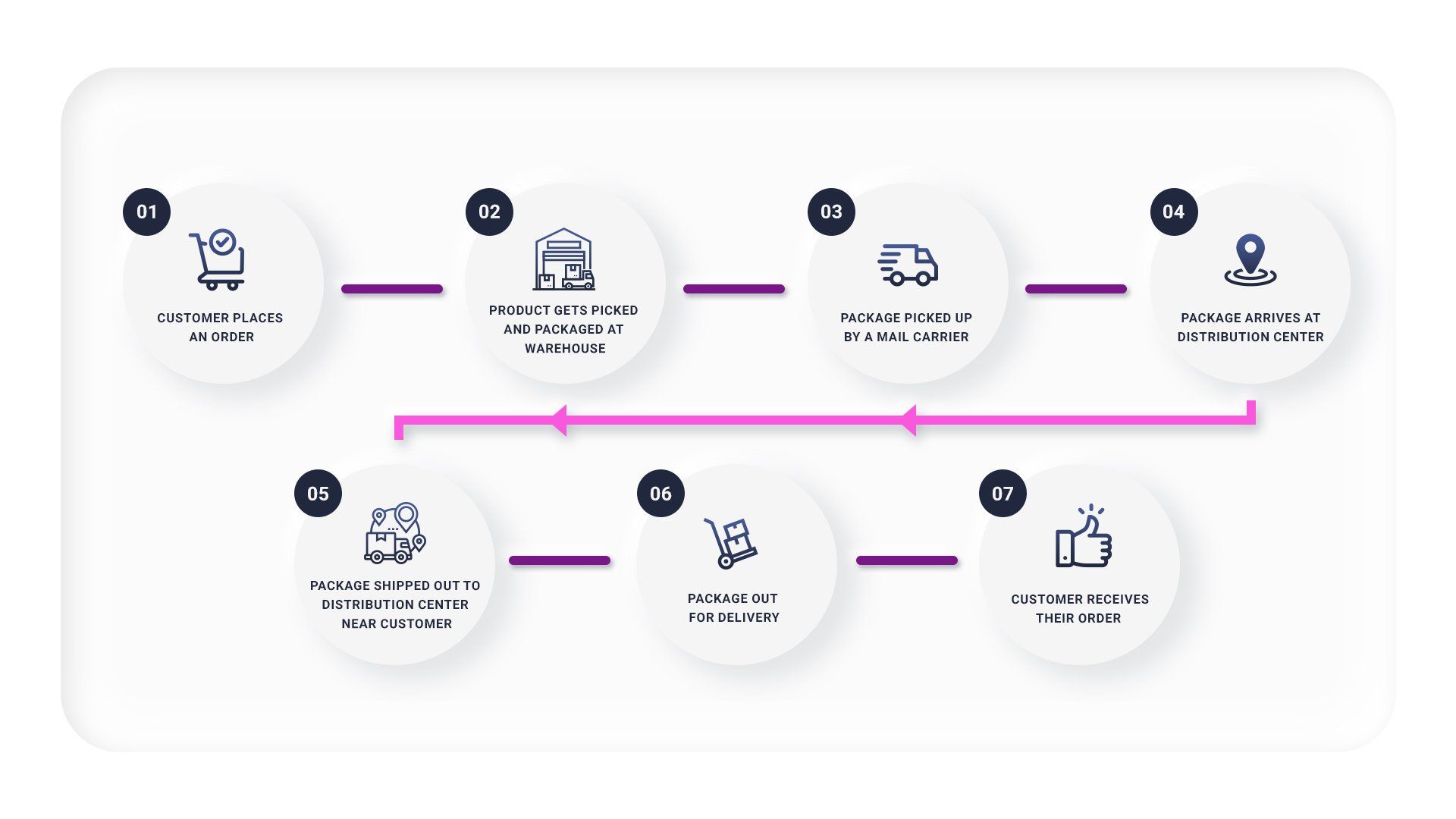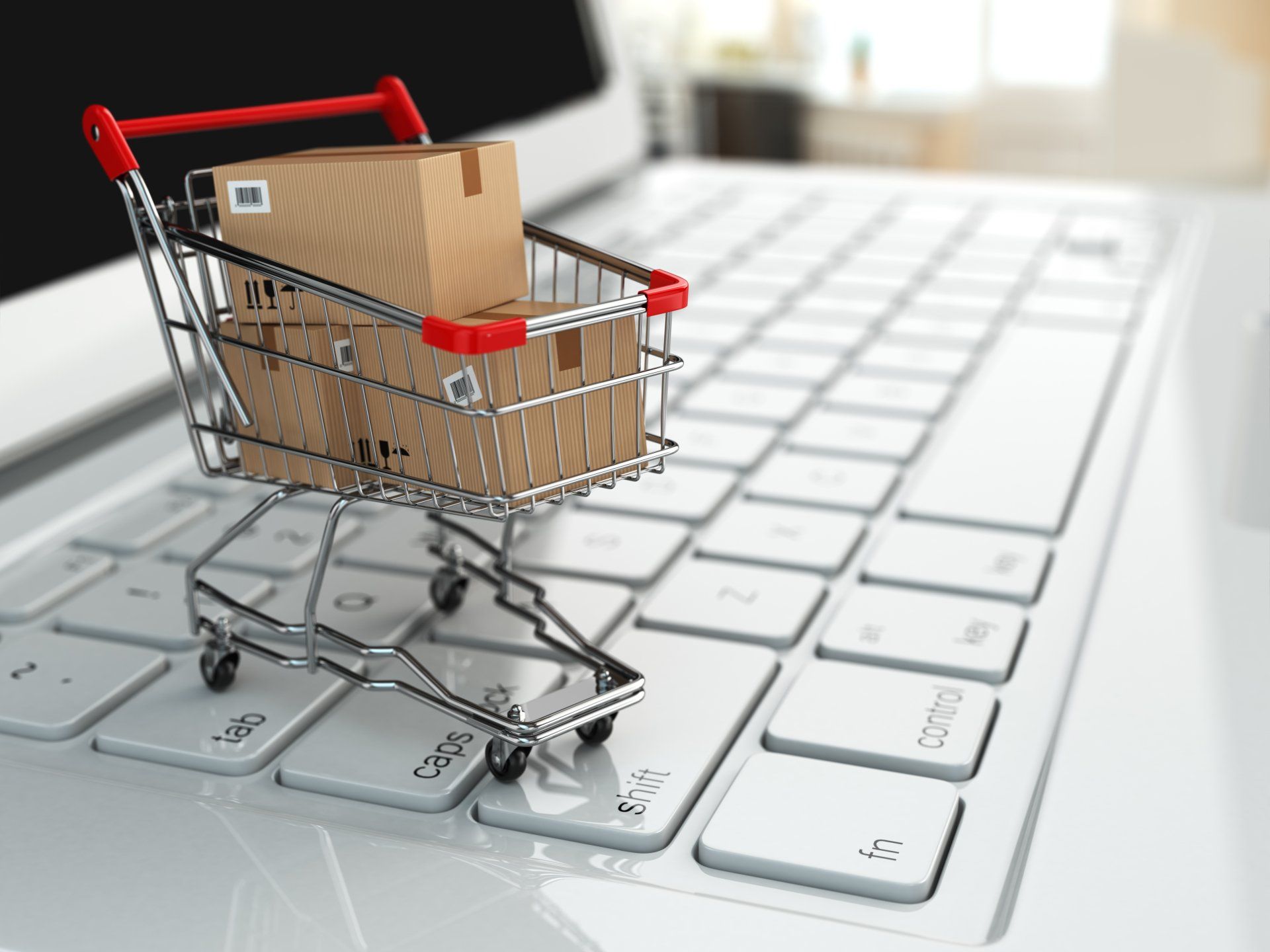Omnichannel Order Fulfillment | TransAction Heroes
Omnichannel Fulfillment for eCommerce
Providing a seamless, positive customer experience should be at the top of every eCommerce merchant’s priority list. Recent research shows that companies report a significant boost in customer lifetime value, customer advocacy, and shopping basket size when they invest in providing personalized and efficient customer experiences. But investing in these experiences as an industry that is still disrupted by COVID-19 restrictions requires adapting the traditional eCommerce fulfillment process for greater flexibility.
If you’re seeking for a way to circumvent shipping delays and other fulfillment interruptions, omnichannel fulfillment may be the solution for you.
What is Omnichannel Fulfillment?
Omnichannel fulfillment is a fulfillment strategy that uses a single, unified order distribution approach across all online and offline sales channels. Instead of assigning inventory for siloed sales categories (B2C, eCommerce, etc), an omnichannel fulfillment strategy enables retailers to holistically manage the entirety of their inventory and distribute products according to the preference of the end customer.
Examples of omnichannel fulfillment include:
- Warehouse-to-store or store-to-store delivery, for in-store or curbside pickup
- Store-to-customer delivery
- Warehouse-to-customer delivery, which is often used in eCommerce fulfillment
- Warehouse-to-alternative pick-up location
Omnichannel Fulfillment vs eCommerce Fulfillment
The greatest benefit of omnichannel fulfillment is that its designed for flexibility. Traditional fulfillment strategies, including eCommerce and multi-channel fulfillment, follow a linear process. They typically look something like this:

Customer places an order à product gets picked, packed, and packaged at warehouse à package picked up by a mail carrier à package arrives at mailing facility/distribution center à package shipped out to distribution center near customer à package out for delivery à customer receives their order
As you can see from above, eCommerce fulfillment follows a linear and rigid process. Each step is necessary for the continuation of the next. Omnichannel fulfillment effectively shortens this fulfillment “assembly line”, which thereby shortens customers’ wait times. And the less customers wait, they happier they’ll be.
How Can Omnichannel Fulfillment Benefit eCommerce?
At its core, omnichannel fulfillment is about meeting customers’ expanding needs for flexibility and personalized experiences. The eCommerce industry got a huge boost from the pandemic forcing brick-and-mortar stores to temporarily close their doors. However, it remains vulnerable to supply chain disruptions, shipping delays, and staff shortages that are still happening due to pandemic restrictions and global events.
Expanding sales channels and fulfillment methods is the best way for eCommerce merchants to survive and thrive in today’s environment. Many have done so already, now offering customers the option of in-store or curbside pickup.
But apart from providing more flexibility, omnichannel fulfillment comes with other significant benefits.
Faster results
One of the main benefits of switching to an omnichannel fulfillment strategy is the ability to produce faster results for your customers. Omnichannel fulfillment allocates inventory for offline sales channels as well as online, so if you’re serving local customers, customers could choose to receive their order at home using same- or next-day delivery or pickup in-store. This effectively eliminates lengthy wait times for picking, packing, and shipping.
Reduce shipping fees
Offering in-store pickup or curbside pickup at your studio/warehouse not only ensures faster fulfillment times, but it also vastly cuts down shipping costs for you and your customers.
Personalized experiences
Providing personalized experiences is essential in today’s experience economy. People want to have more choice in how they interact with your brand and how they receiver their orders. Omnichannel fulfillment can help you meet this demand by allowing your customers to choose an order fulfillment method that’s most convenient and/or expedient for them.
Better logistics management
Technology is central to a successful omnichannel fulfillment strategy. Companies that follow an omnichannel strategy leverage one management system for all sales, inventory, and returns. Having one source of data helps alleviate errors and miscommunication between channels. Plus, it can prevent overstocking and overselling and improve order accuracy.
Conclusion
Relying on one method of fulfillment will become every eCommerce merchant’s pitfall in such uncertain times—if it hasn’t already. Building and implementing a new omnichannel fulfillment strategy requires some work, but it’s worth the investment; if you’re after those glowing reviews and word-of-mouth references, 76 percent of consumers are more likely to recommend your brand if you deliver simple and efficient experiences.
With the help of an experienced team like TransAction Heroes, you’ll be able to offer your customers greater efficiency and satisfaction in today’s fast-changing environment.
Have more questions about omnichannel fulfillment, or feel curious whether it’s a good fit for your business?
Contact a TransAction Hero today. Our team is here to help.







